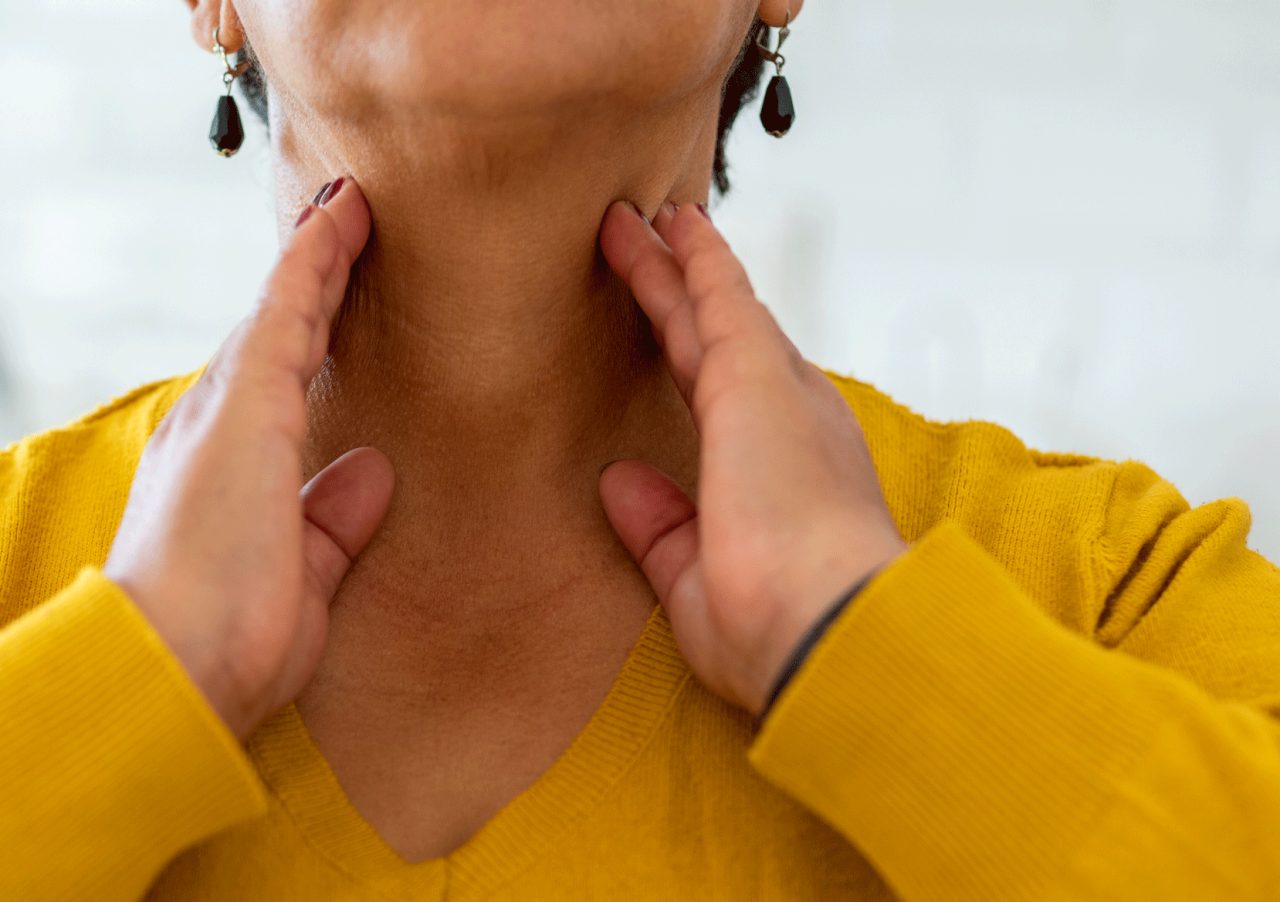Symptoms and Treatment of Hodgkin’s Lymphoma

Swollen glands are a common sign of Hodgkin's lymphoma, a blood cancer, but they’re a symptom of infection, too. Learn how to tell the difference.
Lymphoma is a cancer that starts in lymphocytes, white blood cells that help your immune system fight infections. Lymphocytes travel throughout your body via a highway of fluid-filled vessels and nodes known as the lymphatic system.
Hodgkin’s lymphoma (also called Hodgkin’s disease) is one type of lymphoma. The other, more common type is non-Hodgkin’s lymphoma. Though the two types are easy to confuse, each one affects a different blood cell.
In Hodgkin’s lymphoma, abnormal cells called Reed-Sternberg multiply in your lymph nodes and other parts of your lymphatic system. Non-Hodgkin’s lymphoma is a disease in which malignant cells form in your lymph system. The lymph system (nodes) protects your body from infection and disease.
YOU MIGHT ALSO LIKE: Is Cancer Hereditary?
What causes Hodgkin’s lymphoma?
Cancer starts when your normally orderly cell division process goes haywire, causing unneeded cells to multiply. In Hodgkin’s lymphoma, abnormal lymphocytes divide too quickly. They can form tumors and disrupt your body’s ability to fight infection.
Experts think Hodgkin’s lymphoma might start after an infection with Epstein-Barr, the virus that causes mononucleosis (mono). The virus somehow changes the DNA inside lymphocytes in ways that make these cells multiply more than usual.
Hodgkin’s lymphoma is also about 10 to 20 times more common in people with human immunodeficiency virus (HIV), which causes AIDS. The average age of diagnosis is 39, but your risk rises after you reach 55. It’s the most common cancer diagnosed in teenagers.
Symptoms of Hodgkin’s lymphoma
The most common symptom is swelling in one or more lymph nodes in places like:
- The sides of your neck
- Under your arms
- In your groin
The swelling is from a buildup of lymphocytes inside your lymph nodes. It’s the same kind of lump you’d feel if you caught an upper respiratory infection and had swollen glands in your neck. The difference is that swollen glands from an infection feel sore and go away once your immune system fights off the illness. Swollen lymph nodes from Hodgkin’s lymphoma usually are painless, but they don’t go away.
Doctors refer to another group of Hodgkin’s lymphoma symptoms as “B” symptoms. They include:
- A fever that might come and go
- Night sweats from which you wake up soaked
- Unexpectedly losing more than 10 percent of your body weight
Those symptoms help your doctor stage Hodgkin’s lymphoma, which means determining how much cancer is in your body and where it is located.
Other symptoms of Hodgkin’s lymphoma
- Appetite loss
- Cough
- Chest pain
- Fatigue
- Itchy skin
- Trouble breathing
Because those symptoms can occur from many common illnesses, seeing a doctor is important. Diagnosing Hodgkin’s lymphoma is a process that includes blood tests, imaging tests like x-ray and computed tomography (CT) scan, and a biopsy to remove a piece of a lymph node or bone marrow and examine in a lab.
Treatment for Hodgkin’s lymphoma
The right treatment depends on factors that include:
- Your age and health
- Your cancer stage
- How bulky (big) the cancer is
- How many lymph nodes it affects
- Results of your blood tests and biopsy
- Whether you have B symptoms
- Your preferences
Treatment for most stages of Hodgkin’s starts with chemotherapy. Lymphoma cells grow quickly, but so do hair, immune, and other cells in your body. That’s why chemotherapy causes side effects like hair loss, infections, and nausea.
For a late-stage Hodgkin’s disease, you might get chemotherapy combined with other types of cancer drugs, to wipe out as much of the cancer as possible.
Radiation, a treatment that uses high-energy x-rays to kill cancer cells and stop them from dividing, is sometimes added to chemotherapy.
After you undergo a few courses of chemo, your doctor will do an imaging test such as a CT scan or positron emission tomography (PET) scan to see if the treatment is working and figure out next steps.
Although chemo is a very effective treatment for Hodgkin’s lymphoma, it doesn’t work for everyone, or it can eventually stop working. Then a stem cell transplant might be an option.
Stem cell therapy starts with getting extremely high doses of chemotherapy to wipe out the cancer cells. High doses of chemo destroy bone marrow, where your body makes new blood cells. Afterward, you’ll get an infusion of new, healthy blood-forming cells called stem cells to rebuild your bone marrow. Those cells will come from either your own stem cells collected before you have chemo or a donor.
A few immunotherapy drugs are also approved to treat Hodgkin’s lymphoma, including:
- Brentuximab vedotin (Adcetris)
- Nivolumab (Opdivo)
- Pembrolizumab (Keytruda)
Those medicines help your immune system fight the cancer.
What you can do
Hodgkin’s lymphoma usually isn’t preventable. Most risk factors, including Epstein-Barr virus, are out of your control. The exception is HIV, which you can prevent by using barrier protection when you have sex and a clean needle if you inject drugs.
Updated:
January 17, 2024
Reviewed By:
Janet O'Dell, RN